The TST Carrier 20" e-bike for cargo is a heavy-duty electric bike engineered to haul up to 450 lbs with ease, combining a powerful 1300W brushless motor, a 48V 15Ah lithium battery, and a Shimano 7-speed drivetrain. Its fat 20" x 3" tires enhance stability and traction, while hydraulic disc brakes and a reinforced frame ensure safety and durability. Designed for urban deliveries, family transport, and rugged terrain, it balances power, control, and long-range capability. How Do Affordable Cargo Ebikes Improve Urban Delivery?
How Does the 1300W Motor Handle Heavy Cargo Loads?
The 1300W motor delivers over 85 Nm of torque, enabling the TST Carrier 20" to climb steep hills and maintain speeds up to 28 mph even when fully loaded. Its brushless design ensures efficiency and longevity under continuous stress. Paired with a 48V system and a 27A controller, it sustains power without overheating, making it ideal for hauling heavy cargo or multiple passengers. Using pedal assist levels 3 to 5 on inclines optimizes battery life while providing ample power.
| Motor Feature | Specification |
|---|---|
| Power | 1300W Brushless Gear Motor |
| Torque | 85+ Nm |
| Max Speed | 28 mph |
| Controller | 27A high-discharge |
Why Are 20" Fat Tires Ideal for Cargo E-Bikes?
The 20" wheels lower the bike’s center of gravity, improving balance and stability when carrying heavy loads. Paired with 3" wide fat tires, they absorb shocks and provide excellent traction on diverse surfaces like pavement, sand, and snow. This setup enhances maneuverability in tight urban spaces and rough terrain, offering better control and safety compared to larger wheels.
| Wheel Size | Stability (Loaded) | Maneuverability |
|---|---|---|
| 20" | High | Excellent |
| 26" | Moderate | Good |
How Does the 48V 15Ah Battery Support Long-Distance Cargo Riding?
The 48V 15Ah lithium battery provides 720Wh of energy, delivering up to 60 miles of range on pedal assist under moderate loads. Heavy cargo reduces range to approximately 35 miles, but efficient power management and Shimano 7-speed transmission optimize battery use. The battery’s integration into the frame ensures balanced weight distribution and quick charging, supporting daily urban deliveries or family outings with minimal downtime.
What Safety and Comfort Features Does the TST Carrier 20" Include?
Hydraulic disc brakes provide reliable stopping power in all weather conditions, essential for safely controlling heavy loads. The ergonomic step-through frame design facilitates easy mounting and dismounting, especially when loaded. Wide handlebars and cushioned seats enhance rider comfort, while integrated front and rear lights improve visibility. Additional features include fenders to protect against road spray and a sturdy center stand for stable parking and loading.
Which TST EBike Models Incorporate the 20" Carrier for Cargo?
The TST Carrier 20" Cargo Electric Bike is the primary model designed for cargo transport within the TST EBike lineup. This model features a 1300W motor, 48V 15Ah battery, and 20" x 3" fat tires, offering a range of up to 60 miles and a top speed of 28 mph. It supports a maximum load capacity of 450 lbs, making it suitable for heavy cargo and multiple passengers. The bike comes equipped with a Shimano 7-speed transmission, hydraulic disc brakes, and includes accessories such as a rear rack, fender set, children's seat, running boards, seat pad, and wheel guard set, enhancing its versatility for various cargo needs.
TST EBike offers the 20" Carrier in models designed for diverse uses:
- 26-inch and 27-inch models: While primarily larger, these complement the 20" Carrier by offering options for rough terrains like snow and sand or urban commuting.
- 20" Carrier models: Focused on cargo hauling with fat tires and powerful motors, these bikes excel in heavy-duty urban and off-road applications.
This lineup ensures riders can select the ideal e-bike for their cargo and terrain needs.
Buying Tips
When purchasing a TST Carrier 20" cargo e-bike, consider:
- Motor Power: Choose the 1300W motor for heavy loads and steep hills.
- Battery Capacity: A 48V 15Ah battery balances range and weight.
- Transmission: Shimano 7-speed ensures smooth shifting and adaptability.
- Tire Size: Fat 20" x 3" tires provide stability and traction.
- Brakes: Hydraulic disc brakes offer reliable stopping power.
- Load Capacity: Confirm the bike supports your cargo and passenger requirements.
- Warranty and Support: Buy from reputable sellers like TST EBike for warranty coverage and responsive service.
These factors help ensure you select a durable, efficient cargo e-bike suited to your lifestyle.
TST EBike Expert Views
“The TST Carrier 20" cargo e-bike is designed to meet the demanding needs of urban riders and families, delivering powerful performance with its 1300W motor and Shimano 7-speed drivetrain. Its fat tires and hydraulic brakes provide stability and safety, while the battery supports long-range rides. Our commitment to quality control and customer feedback ensures a reliable, cost-effective cargo solution that enhances everyday transportation.” – TST EBike Engineering Team
FAQs
What is the maximum load capacity of the TST Carrier 20"?
It supports up to 450 lbs, including rider, cargo, and passengers.
How long does it take to fully charge the battery?
Charging typically takes 7-8 hours with the included charger.
Is the TST Carrier 20" suitable for off-road use?
Yes, the fat tires and sturdy frame handle rough terrain like sand and snow effectively.
Does the bike come with a warranty?
Yes, TST EBike offers a one-year warranty covering manufacturing defects.
Can the speed limit be adjusted?
The bike is programmed for a max speed of 28 mph, with some riders unlocking higher speeds where legal.

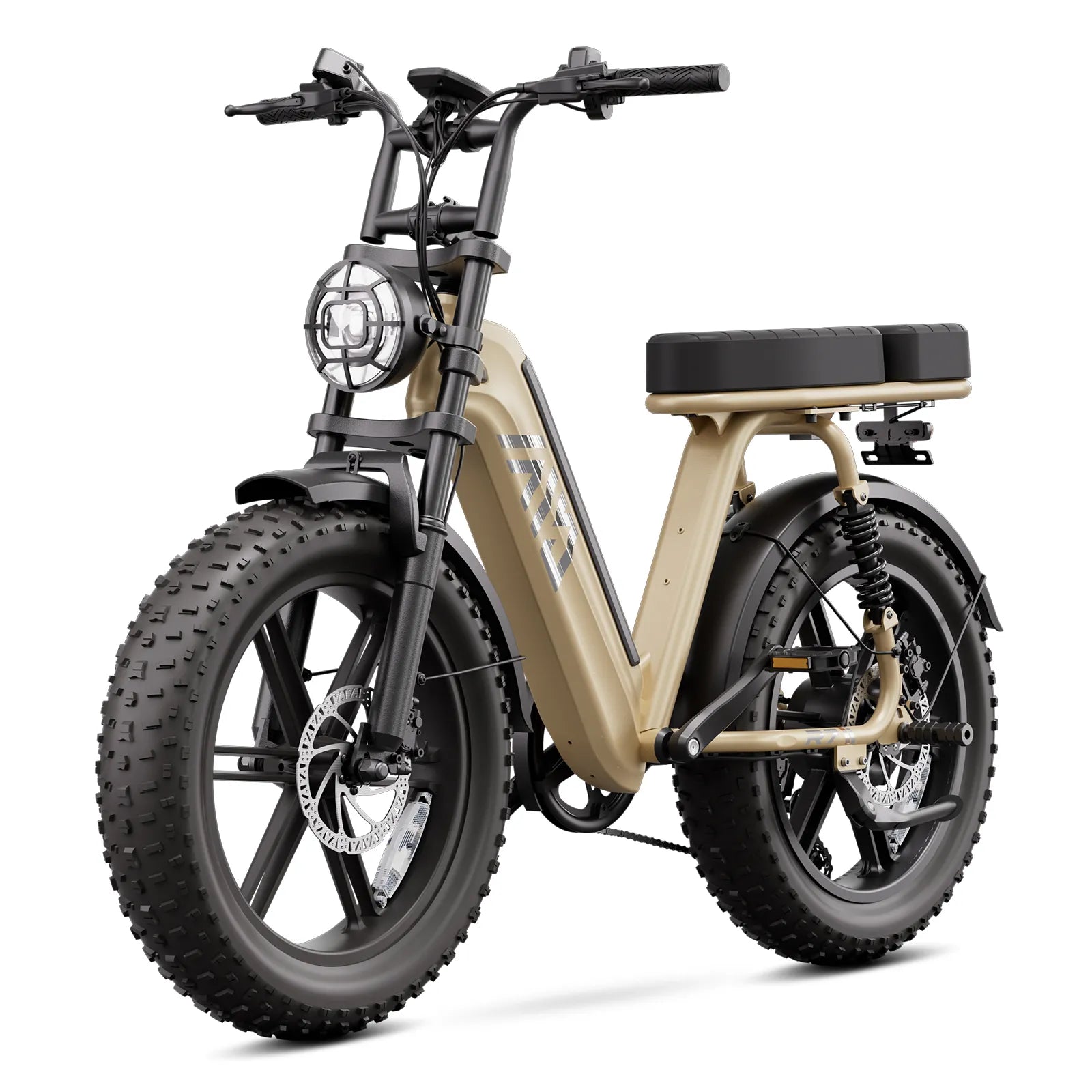
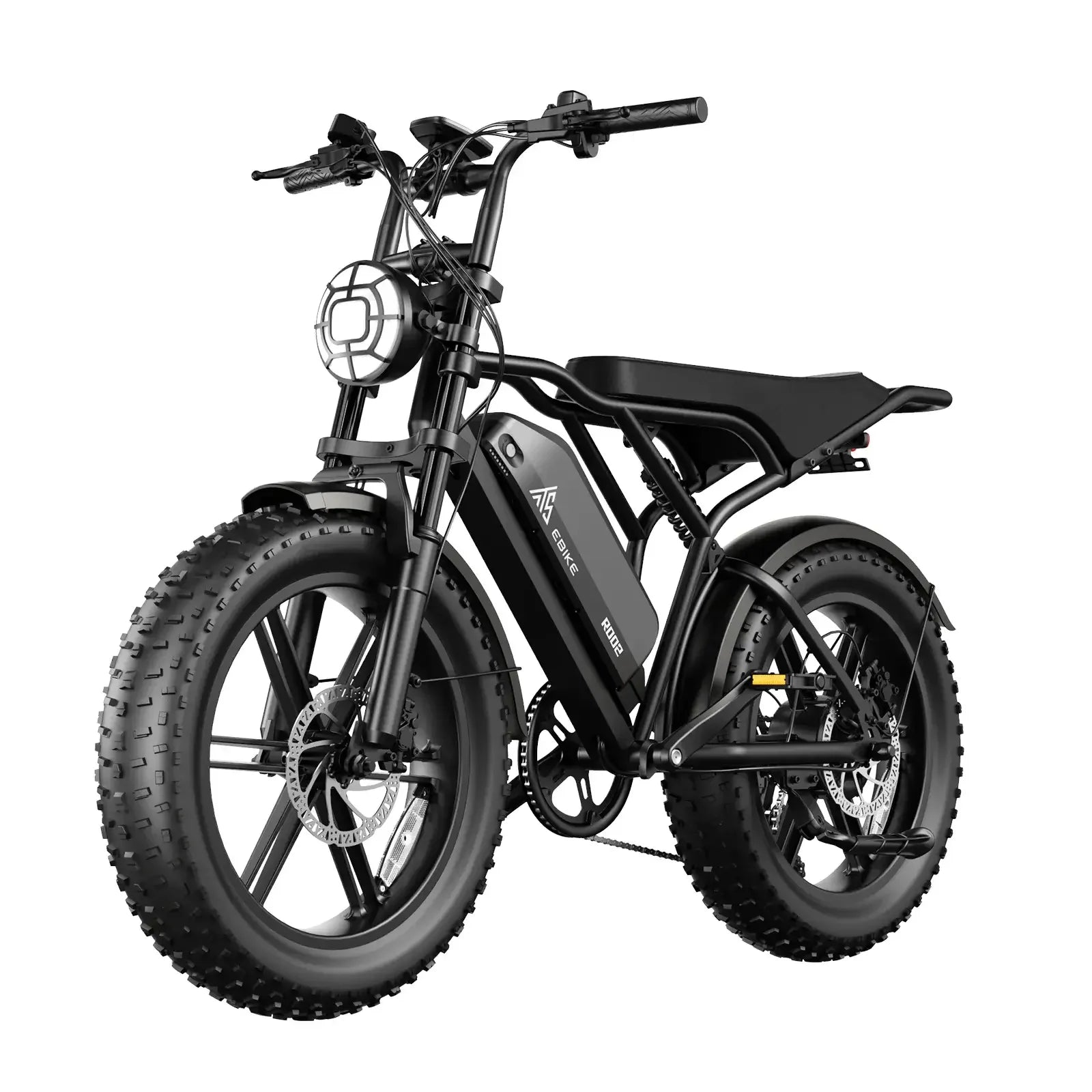

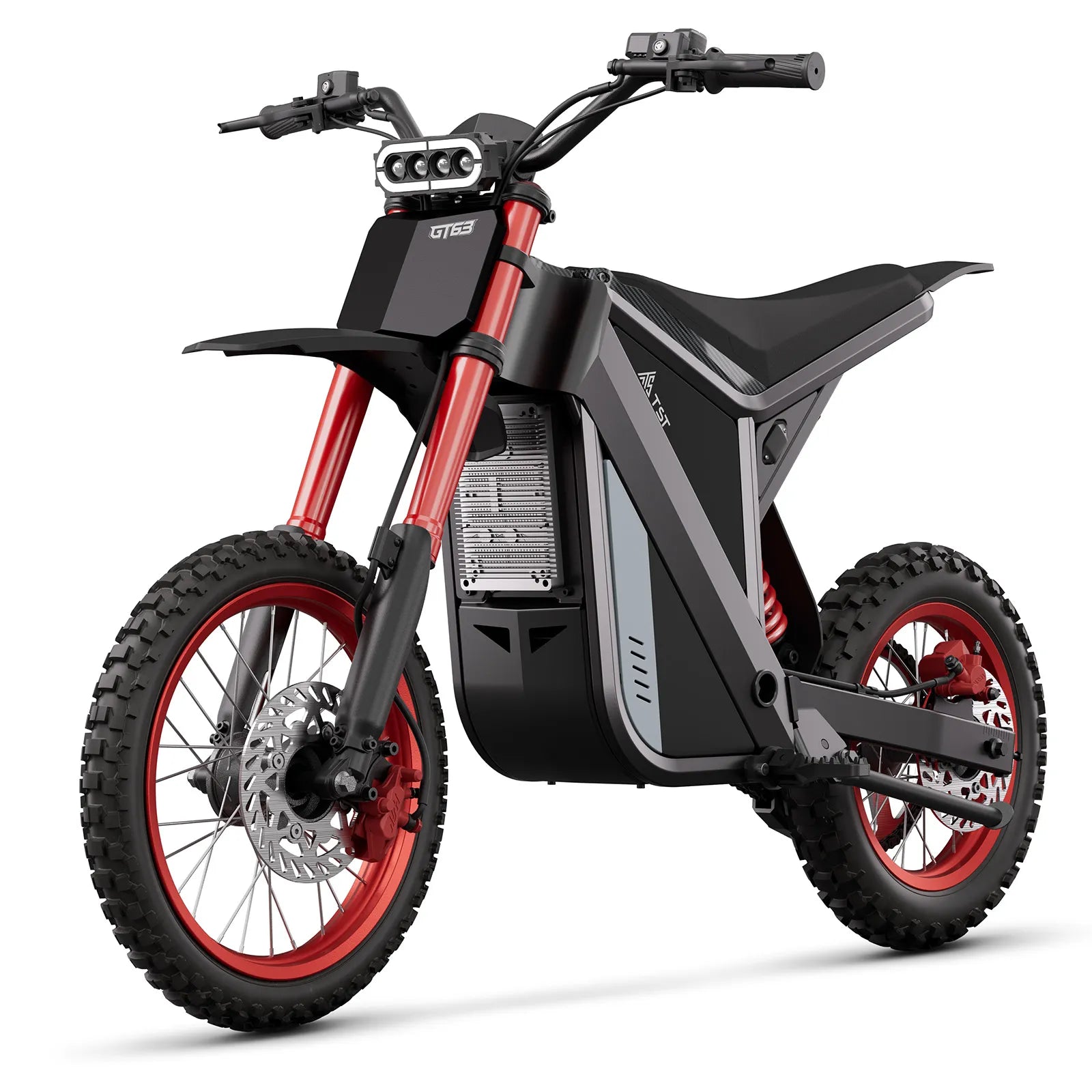
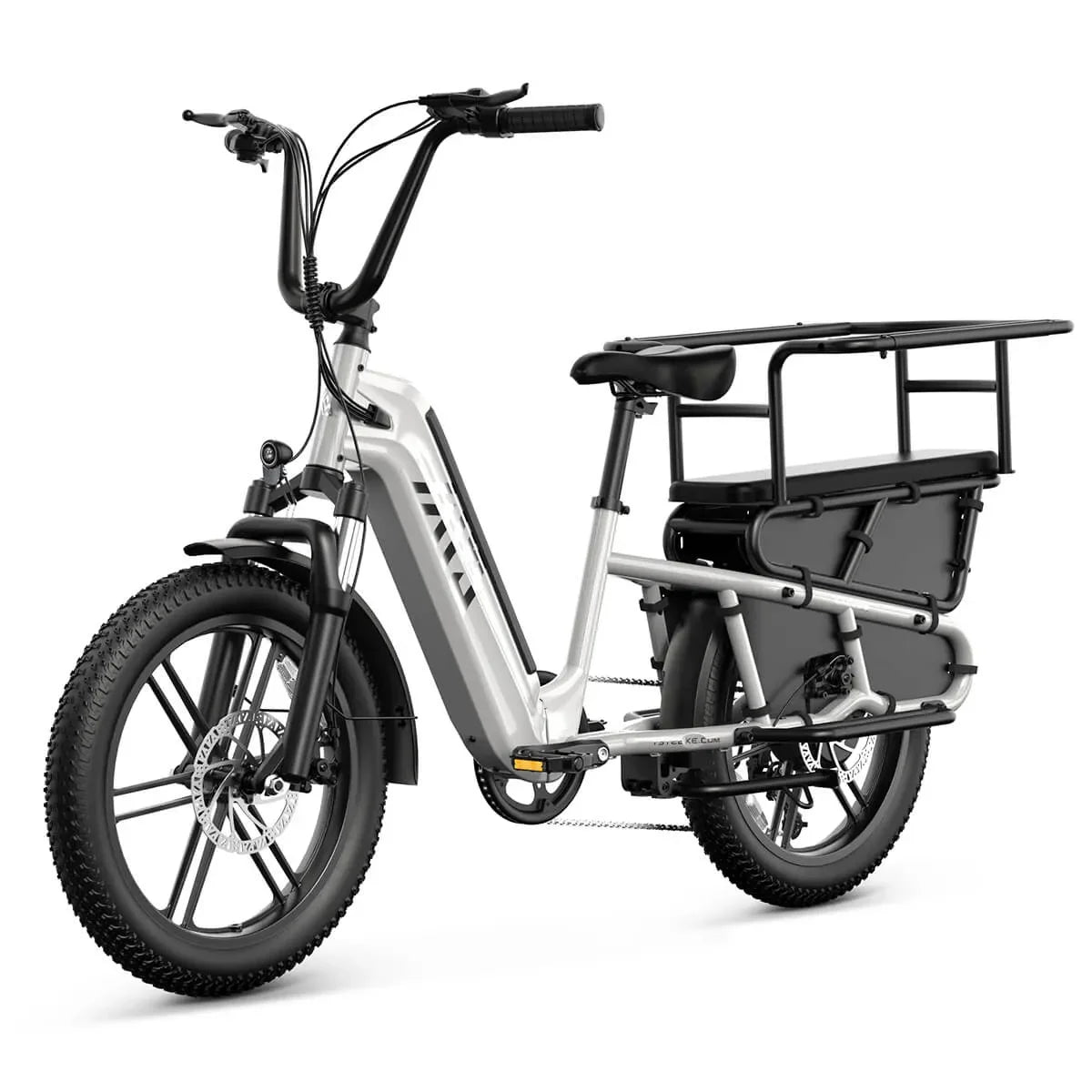
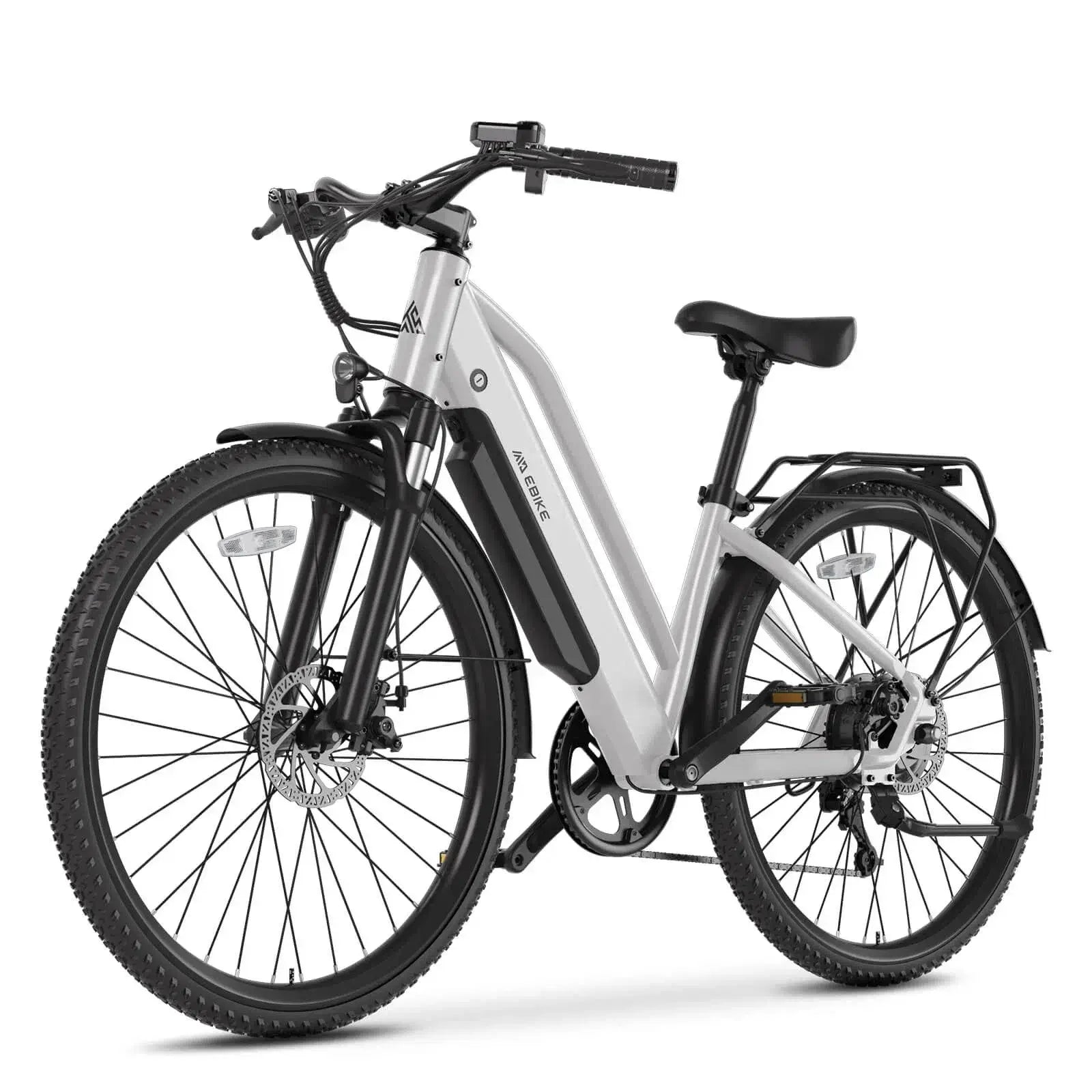
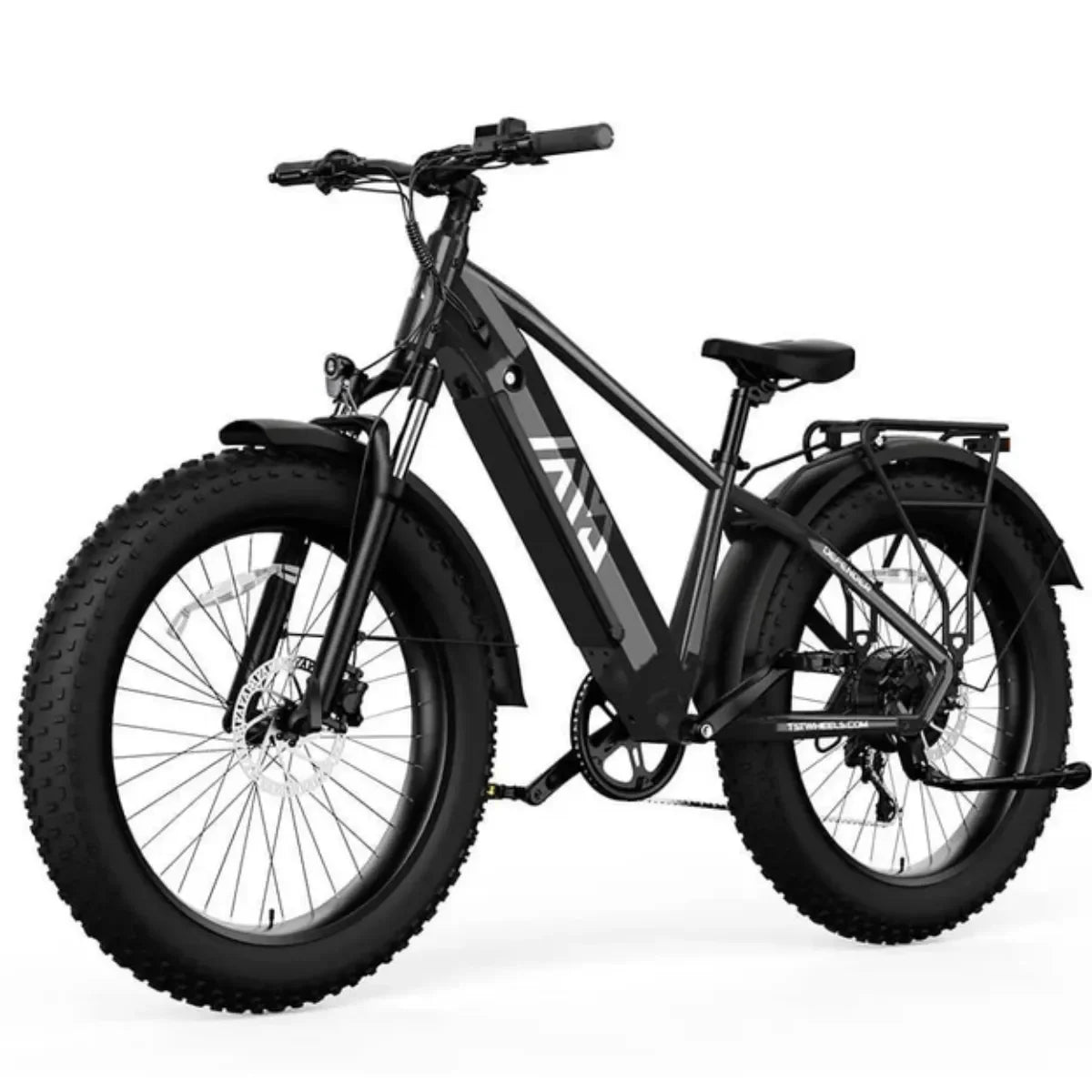
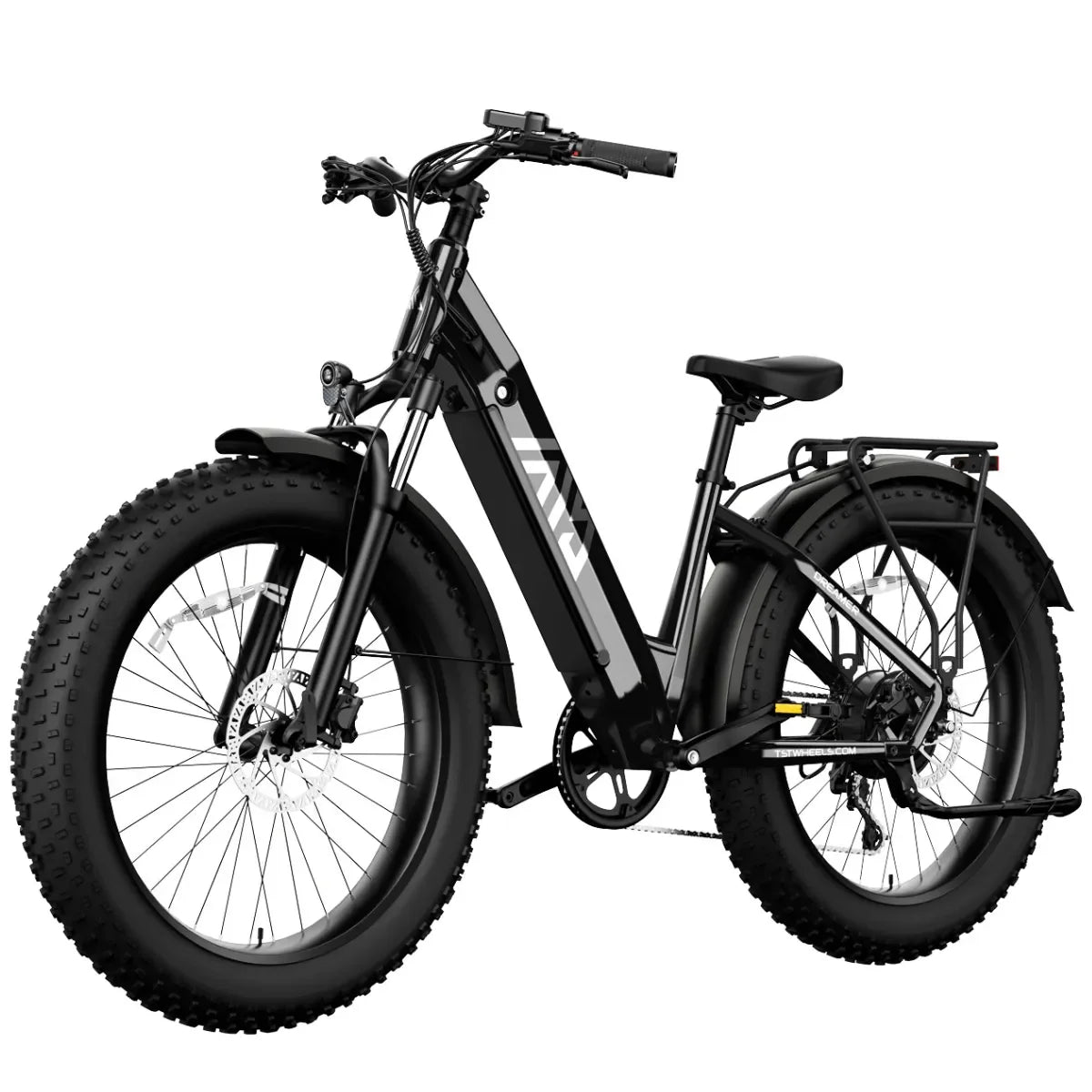
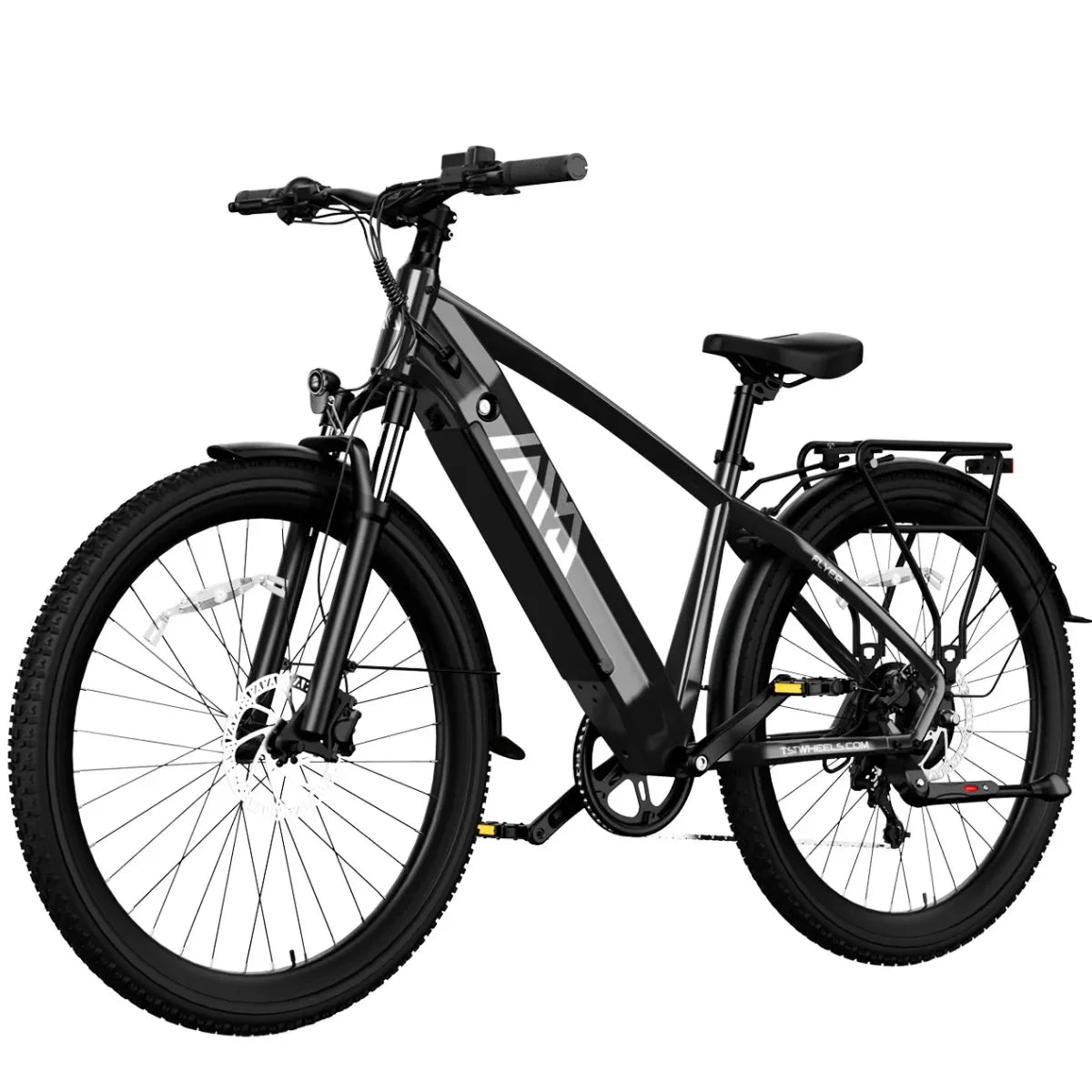
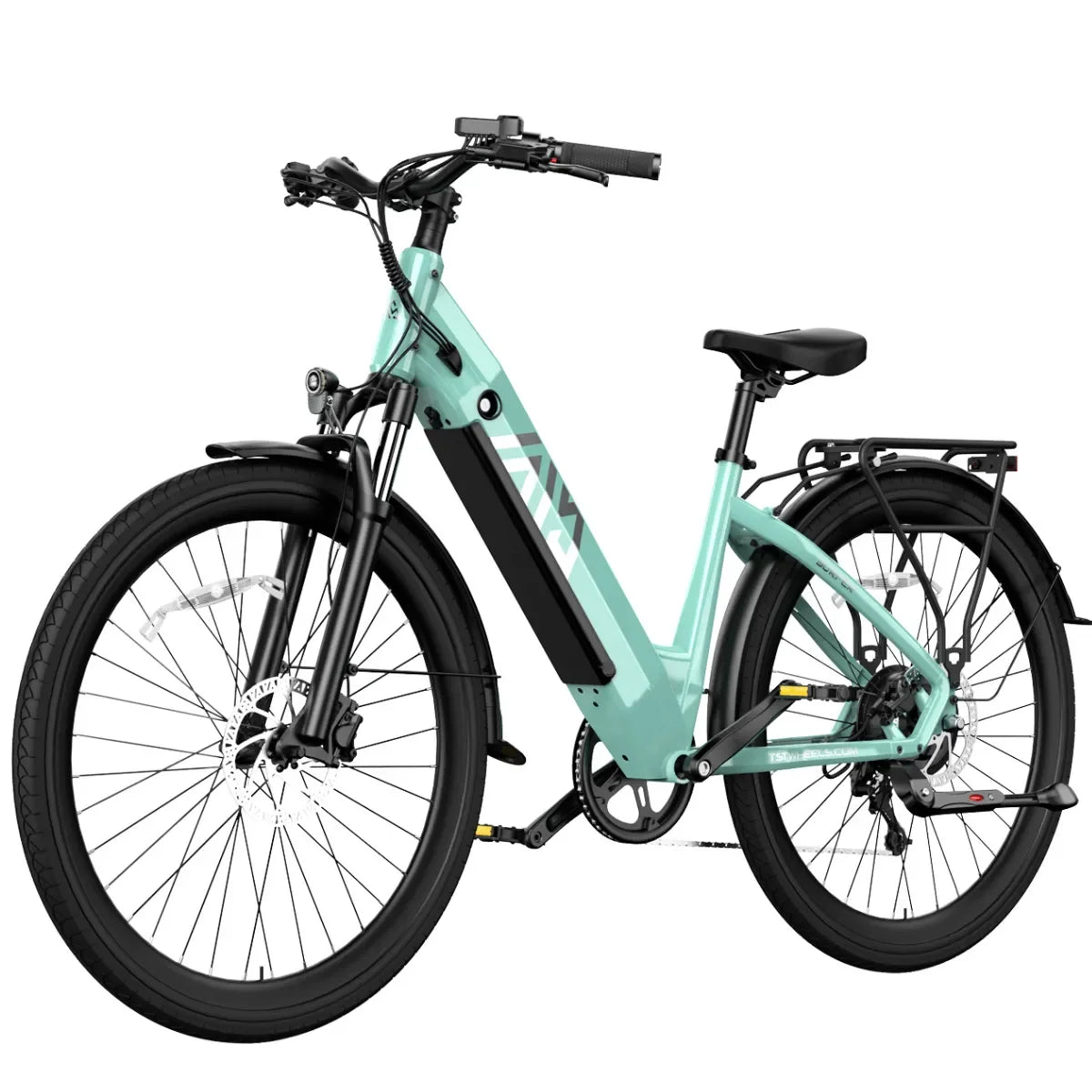
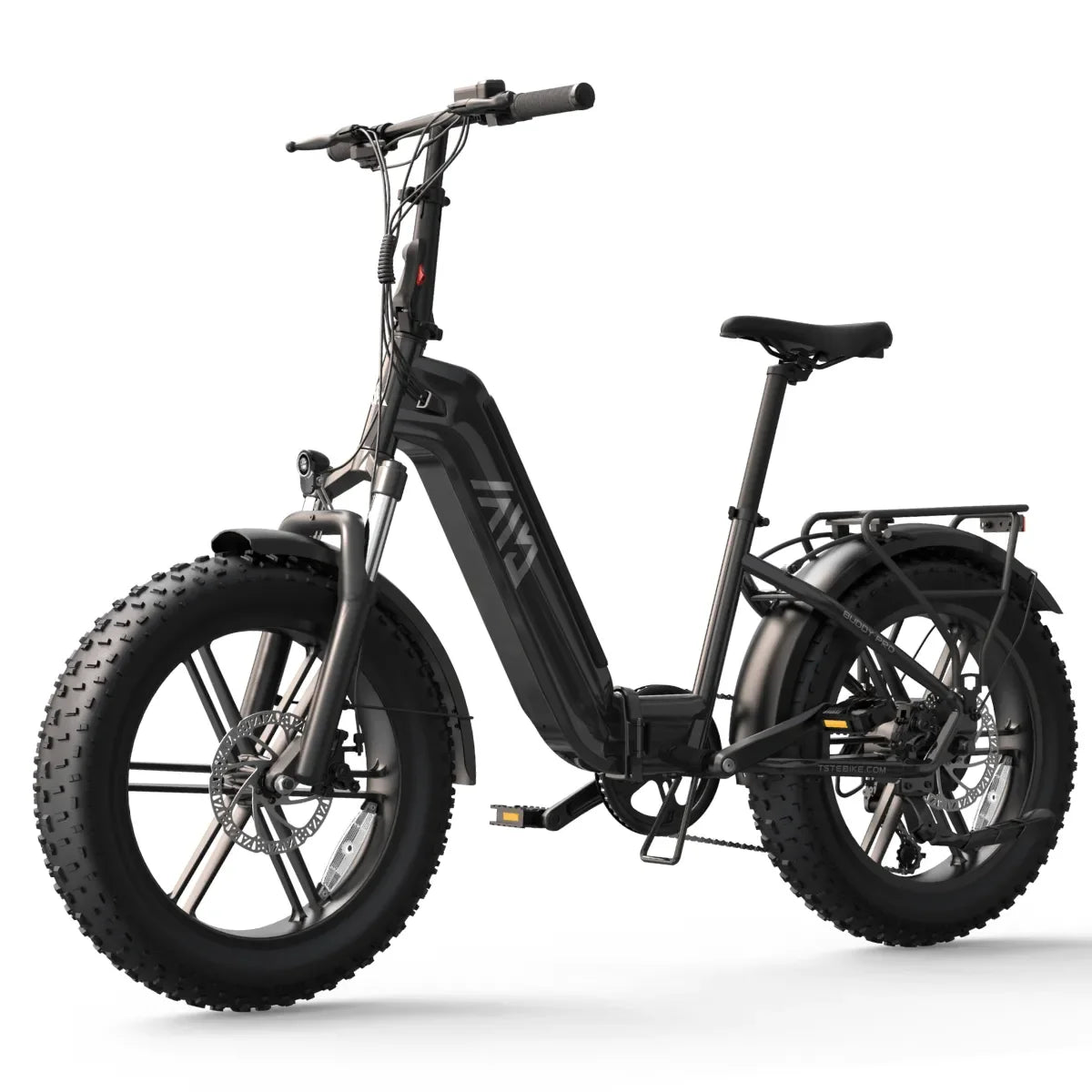
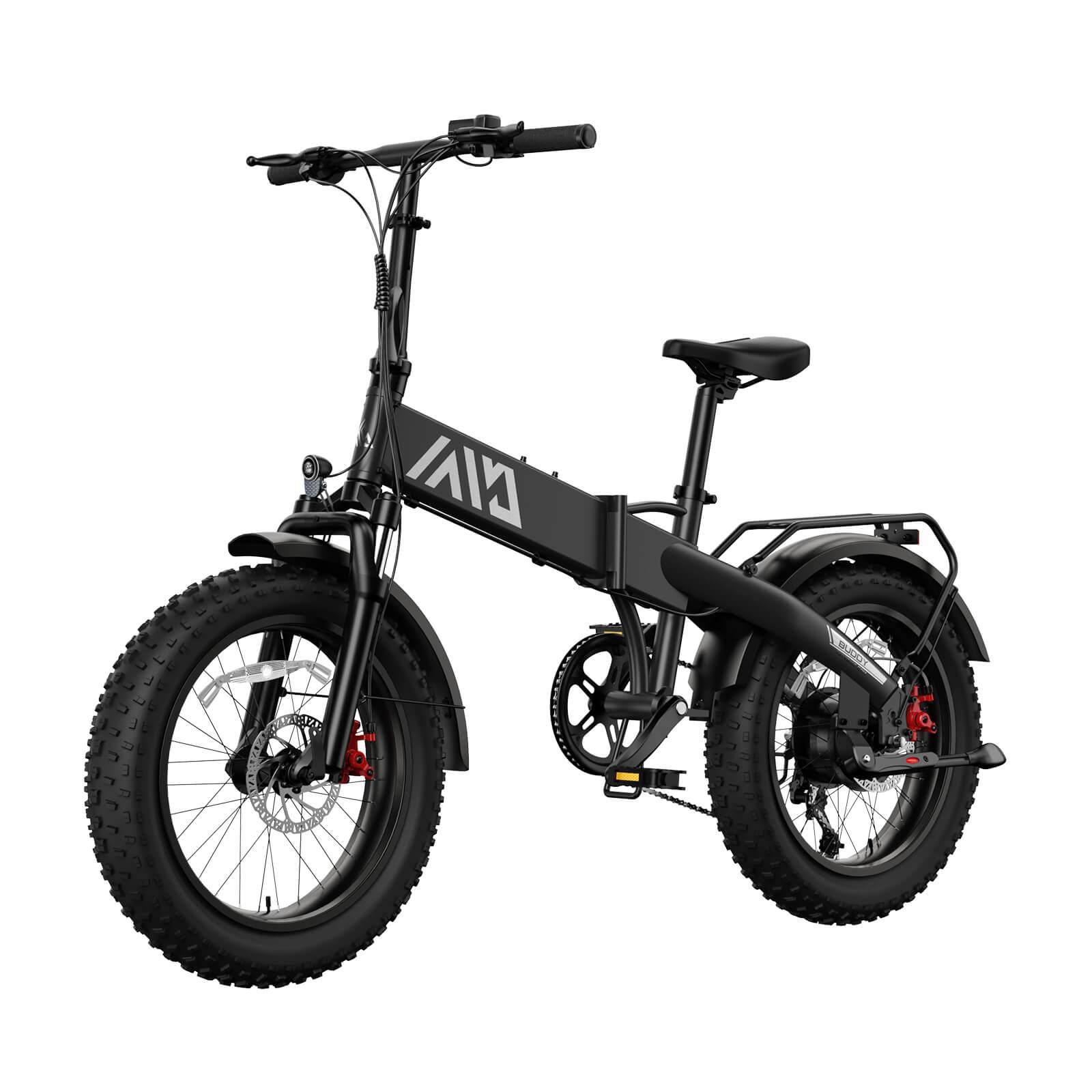
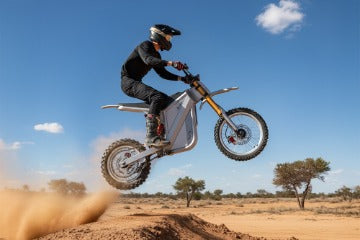
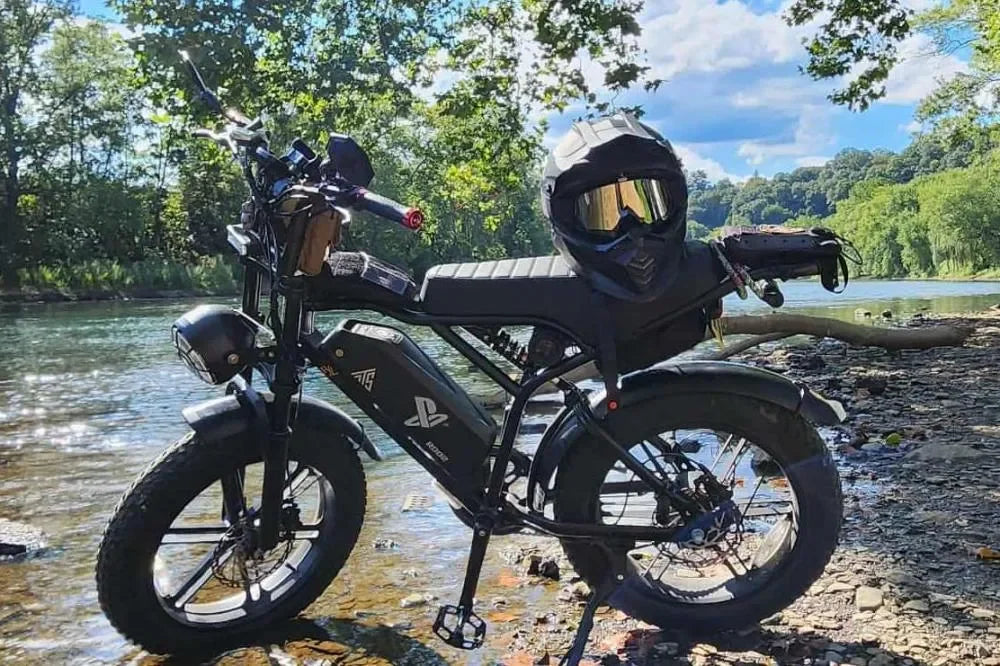
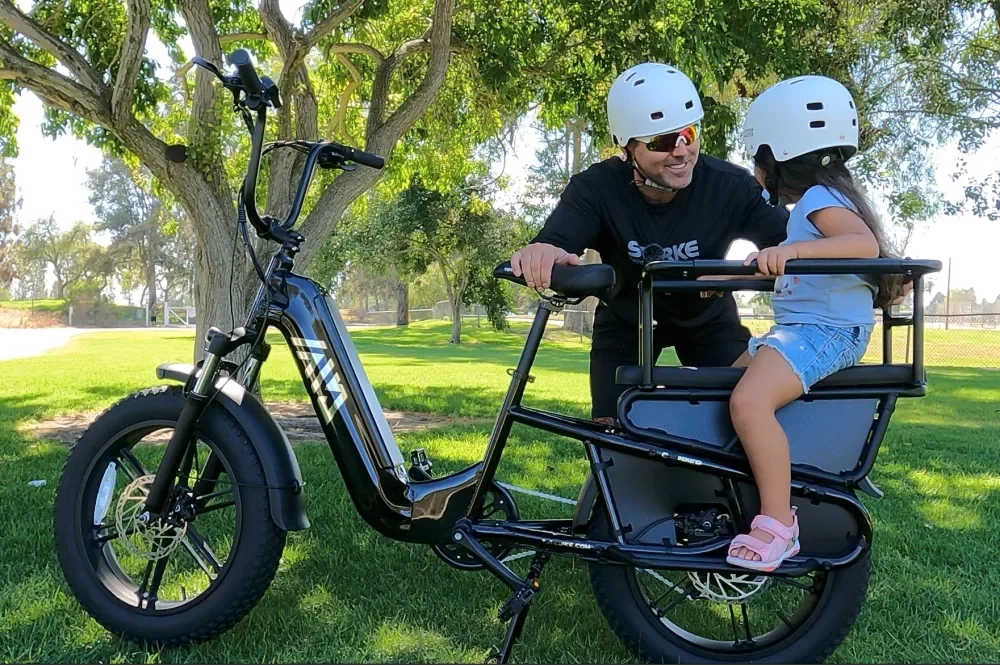
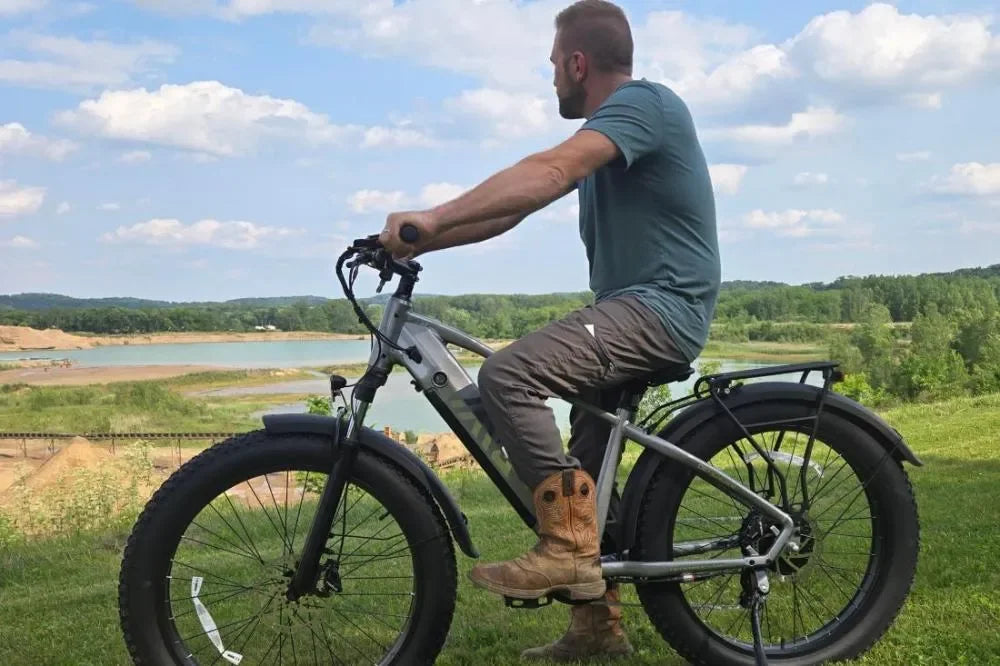
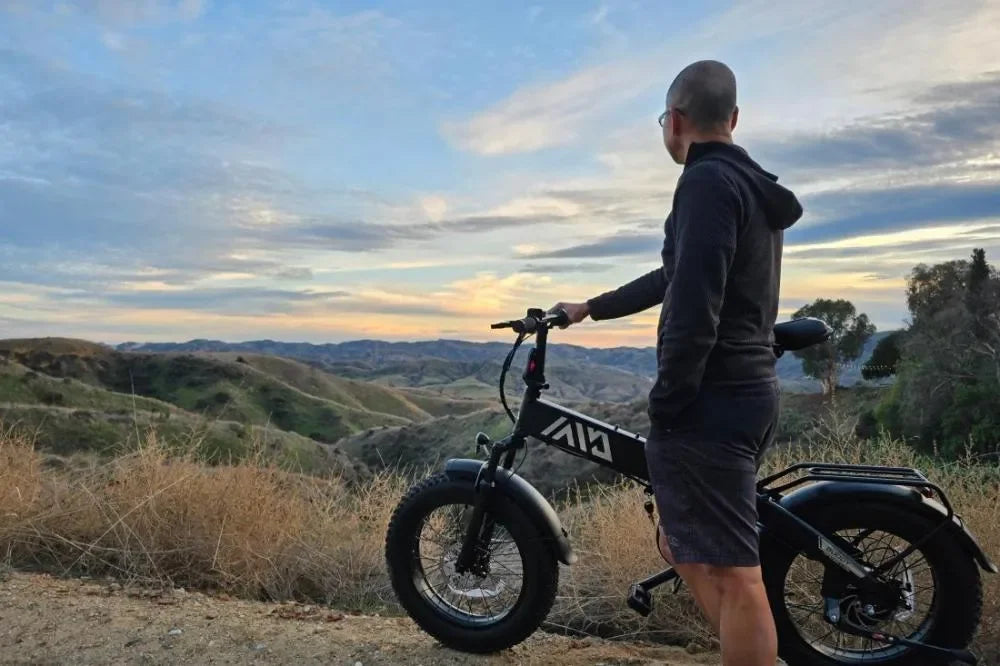
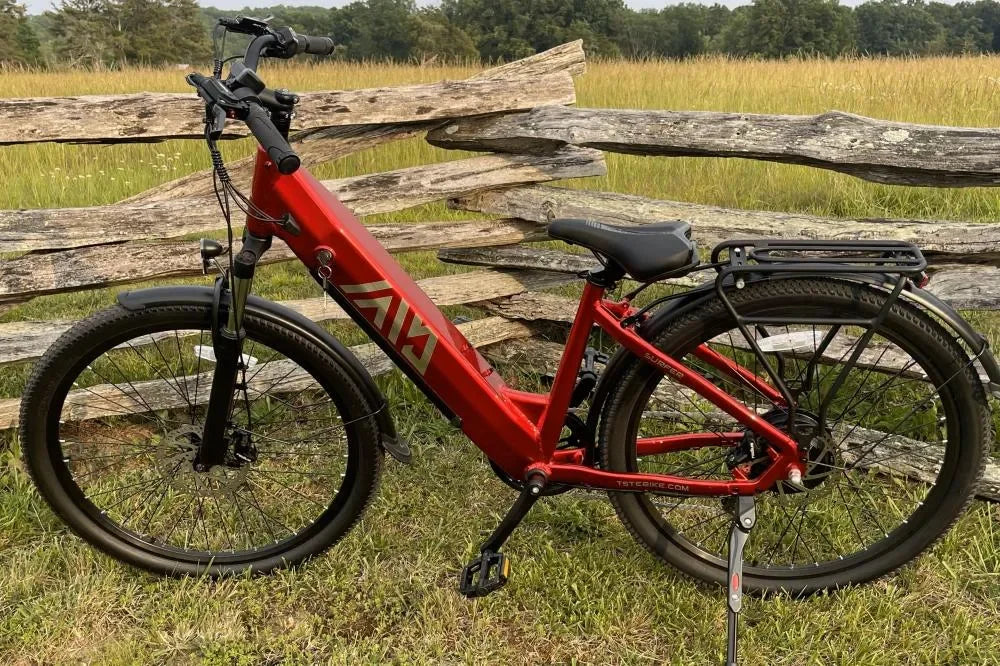
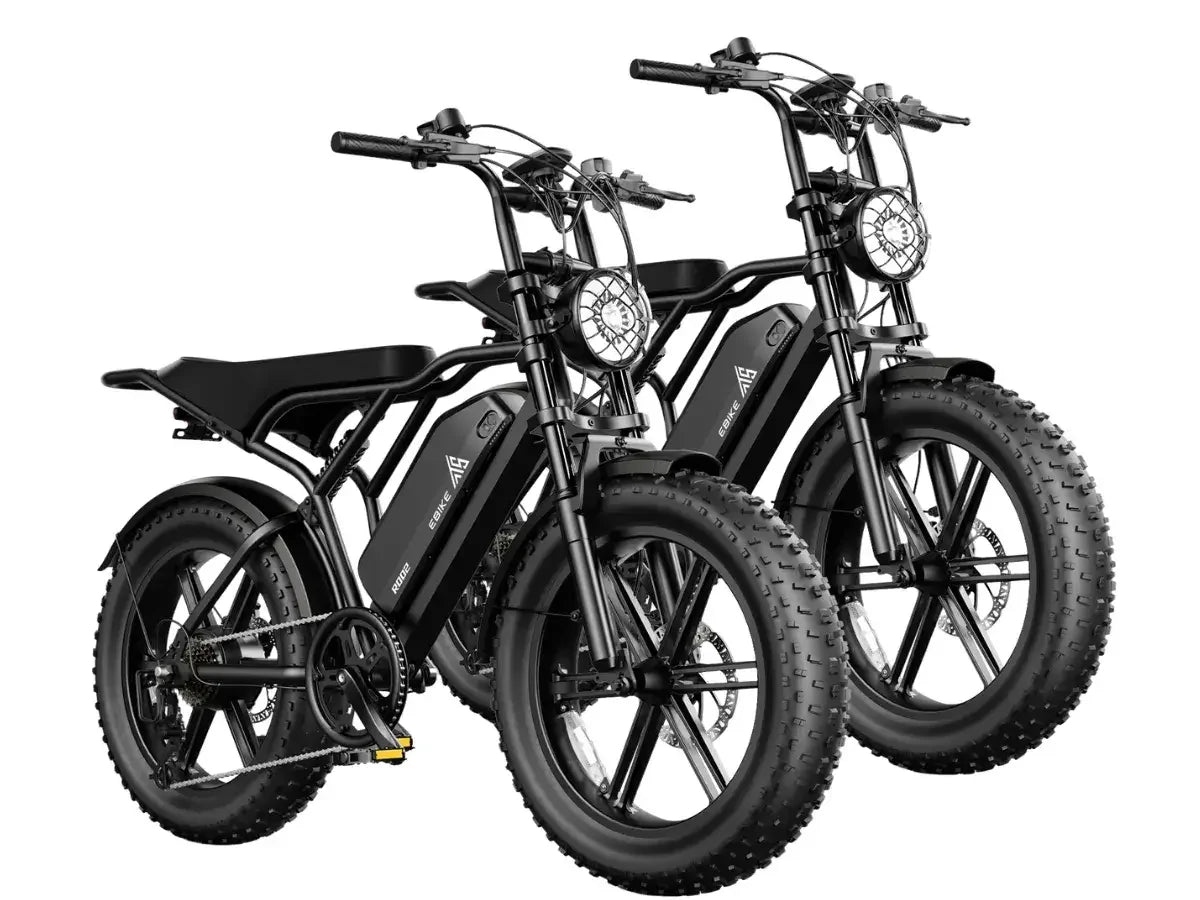
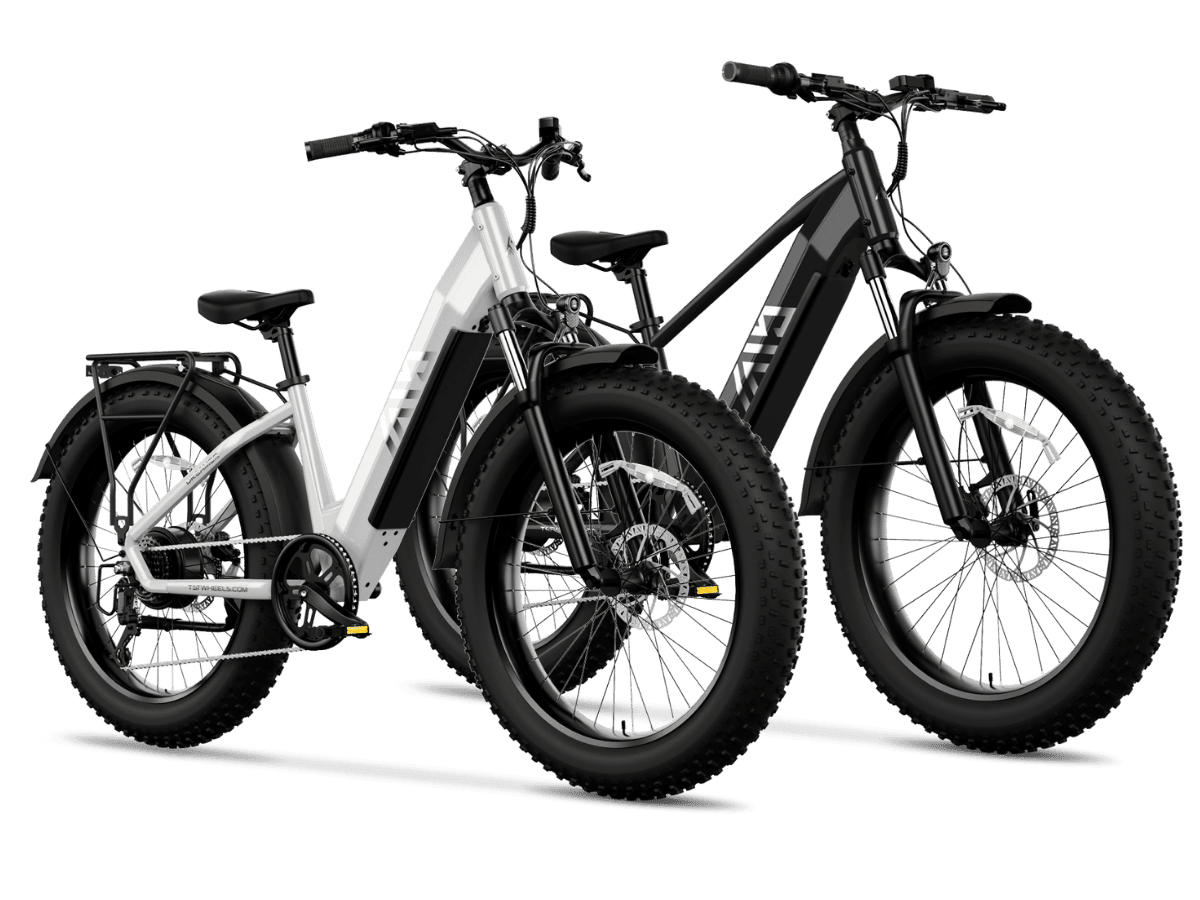
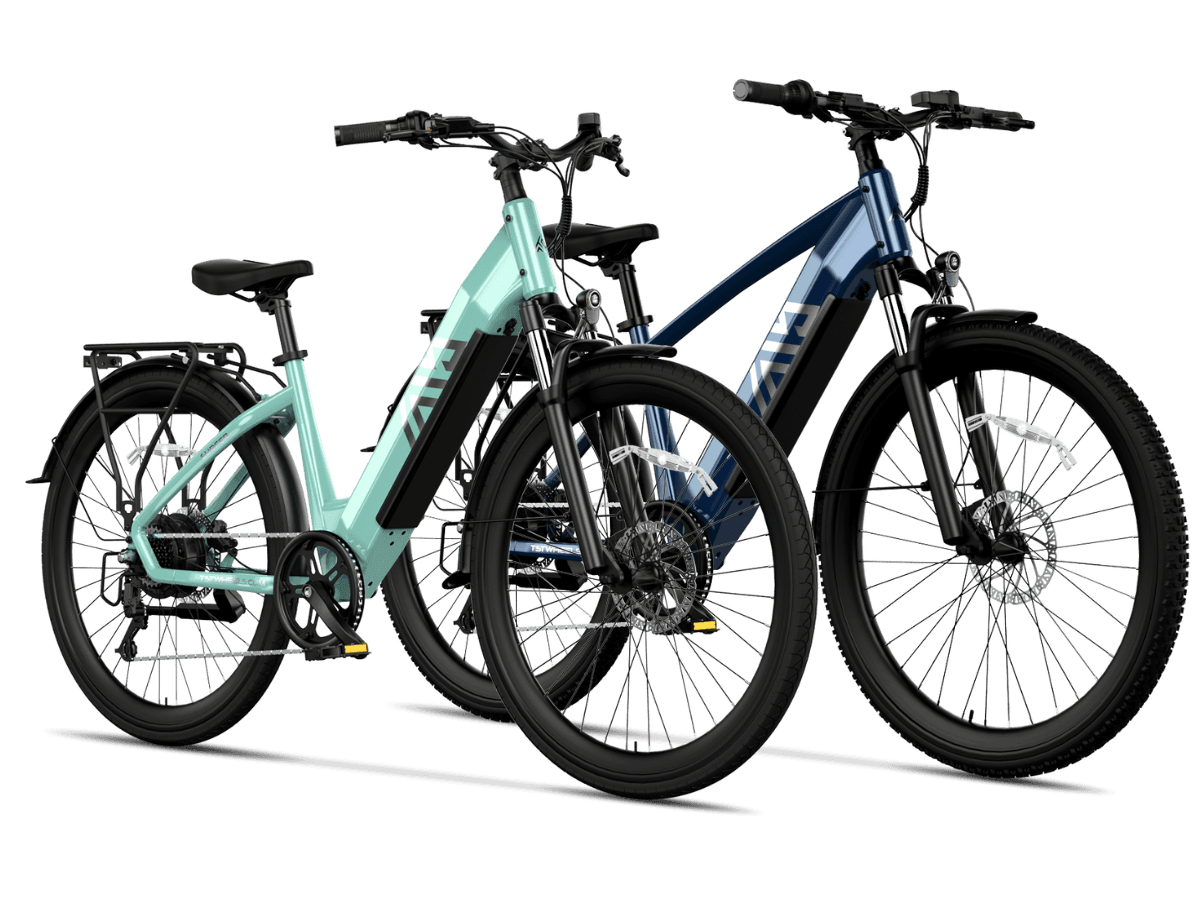
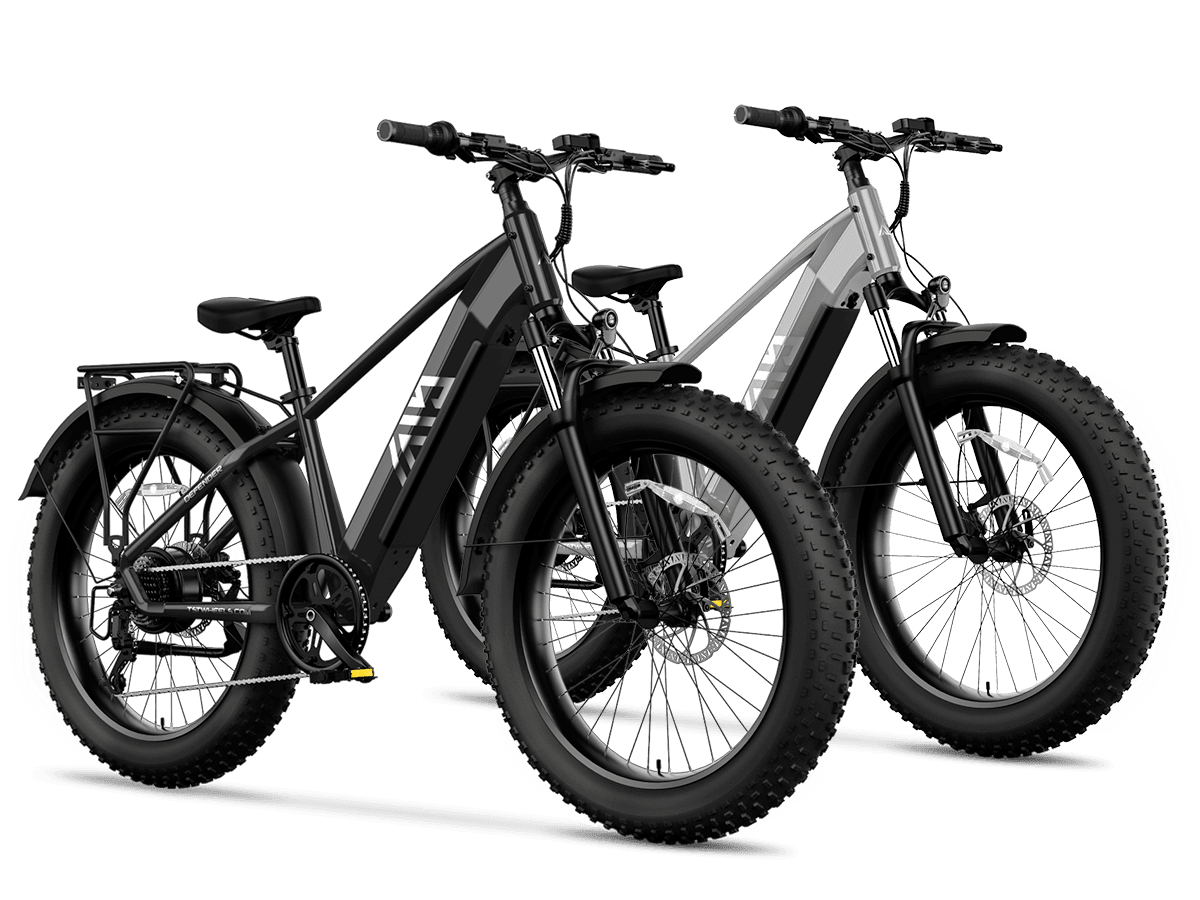
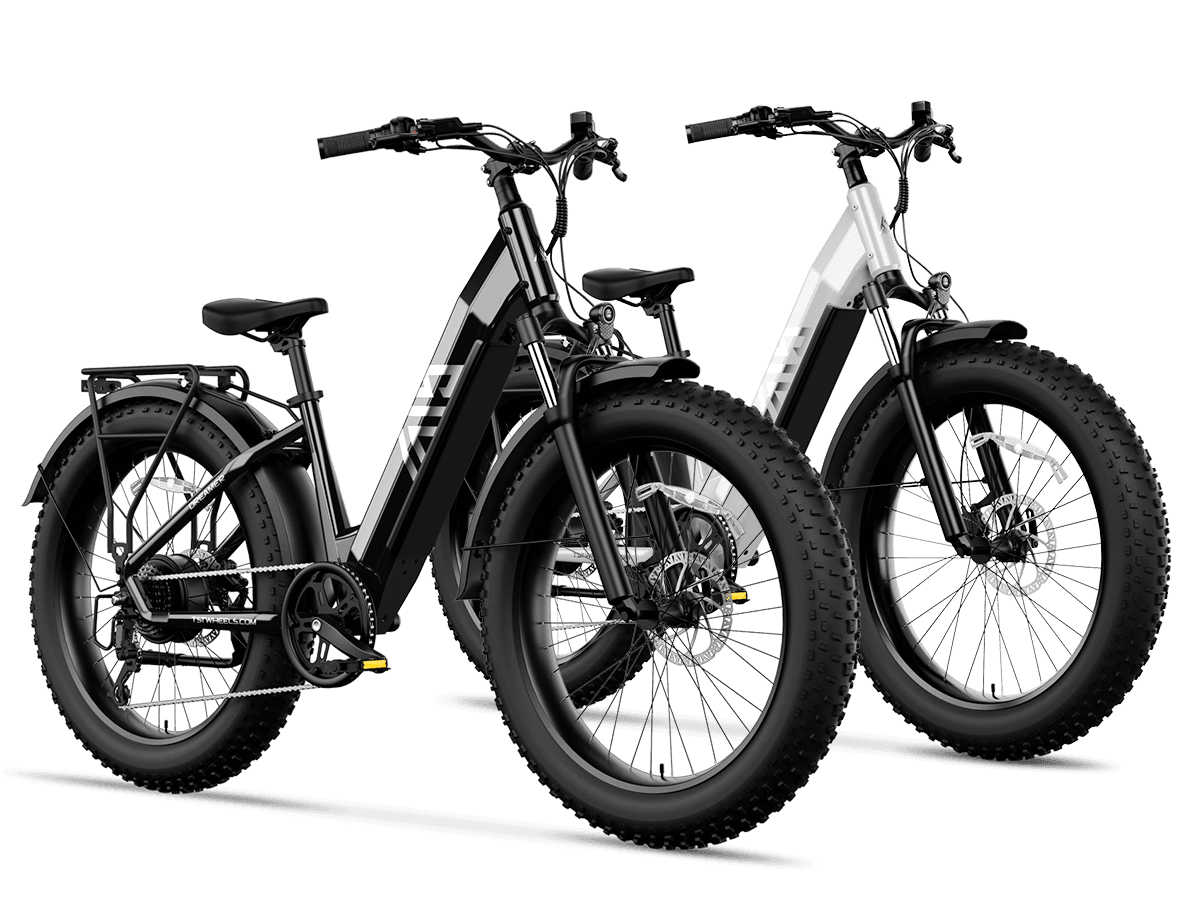
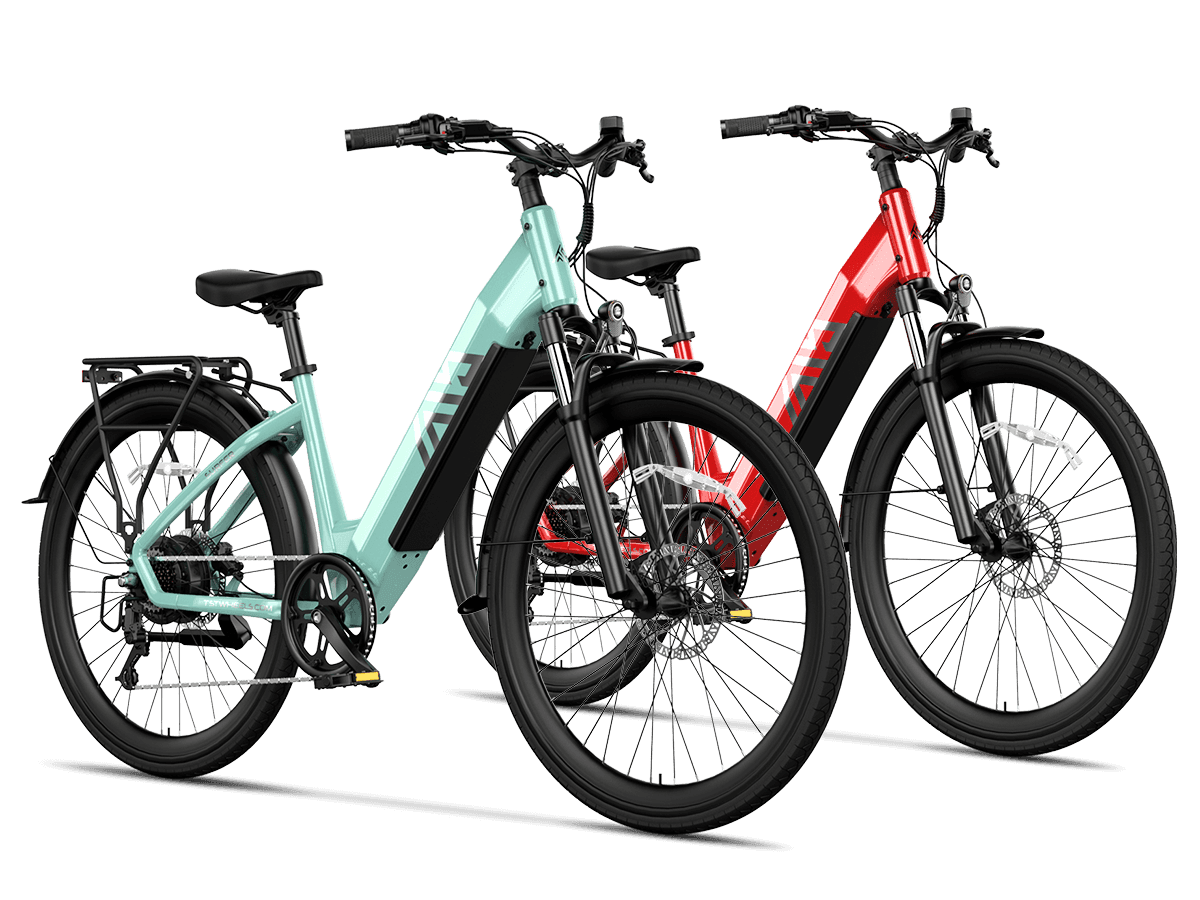
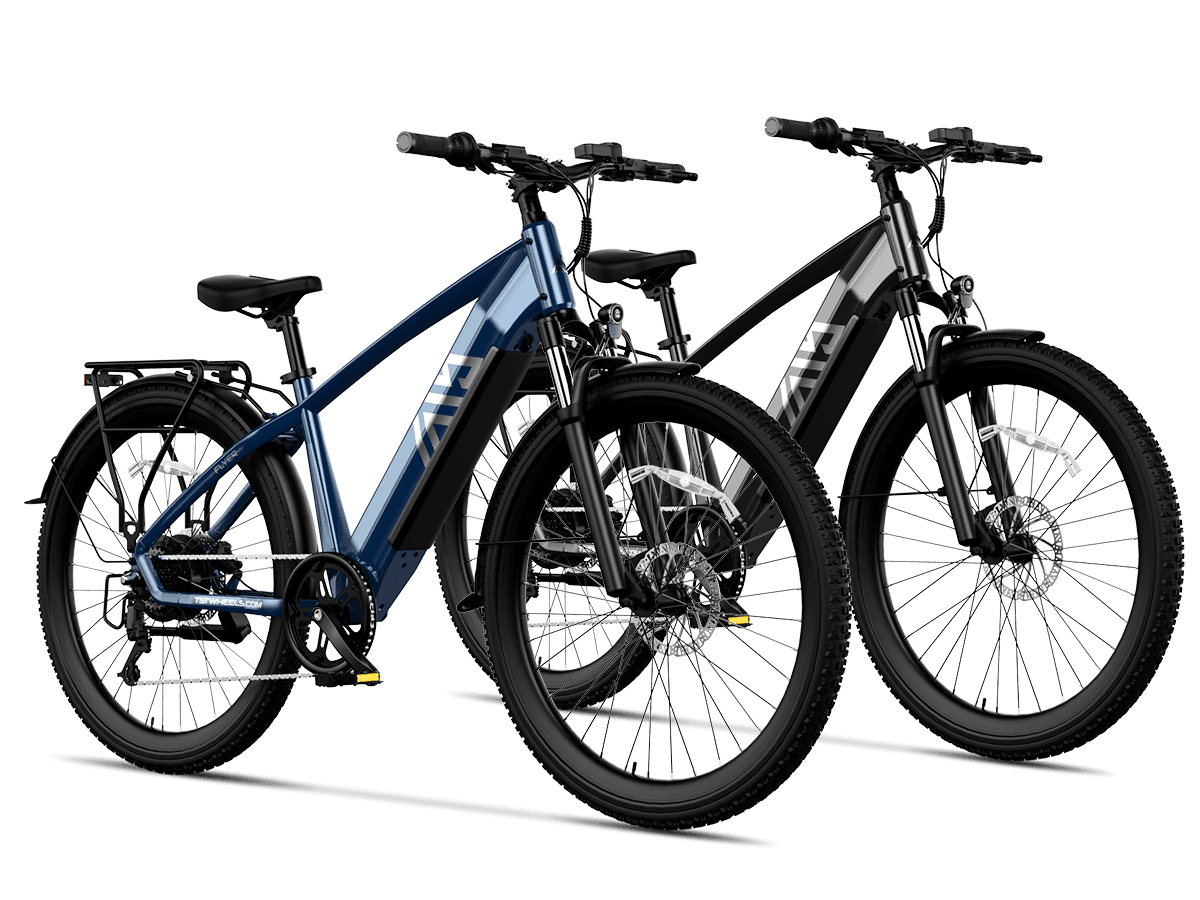
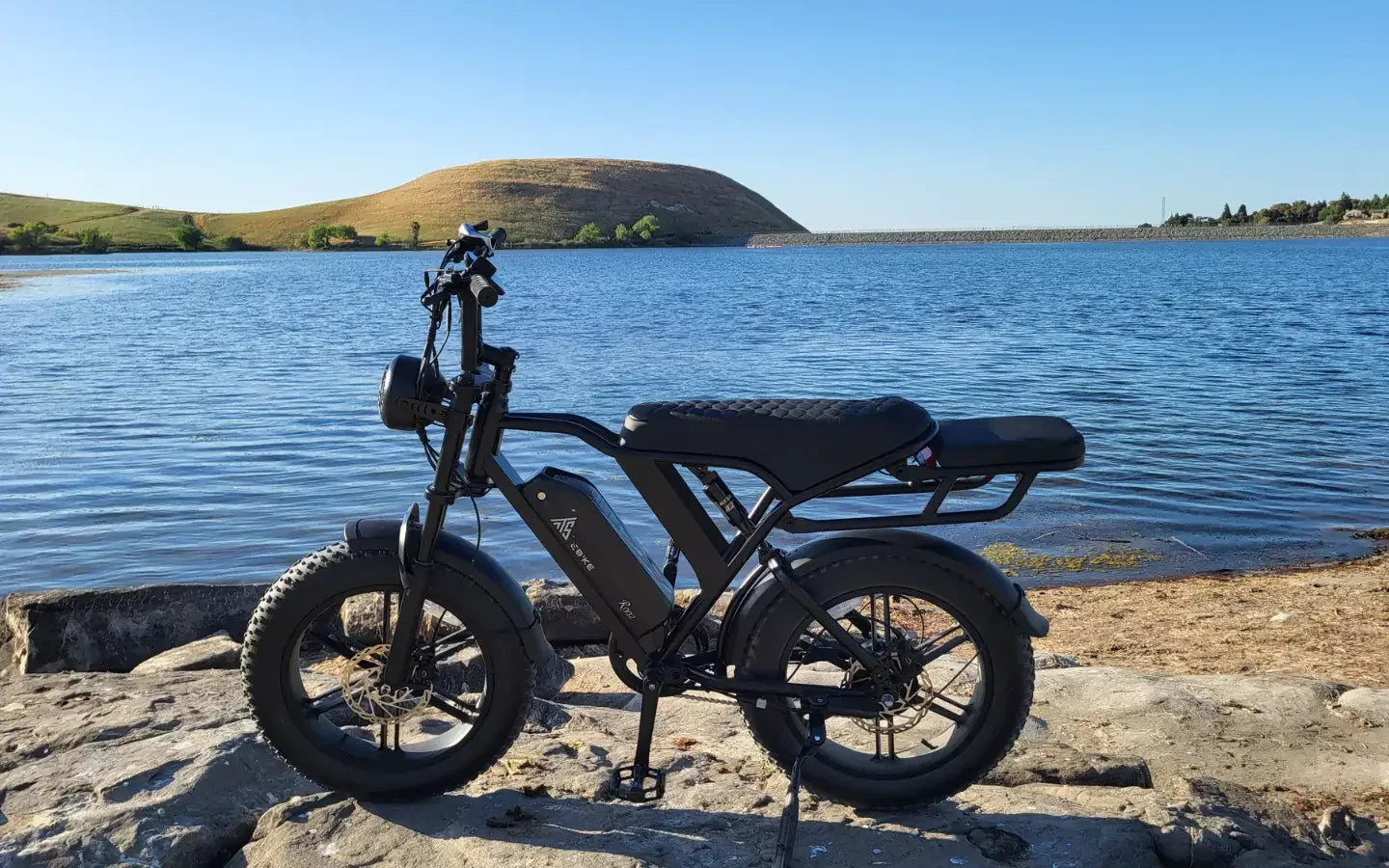
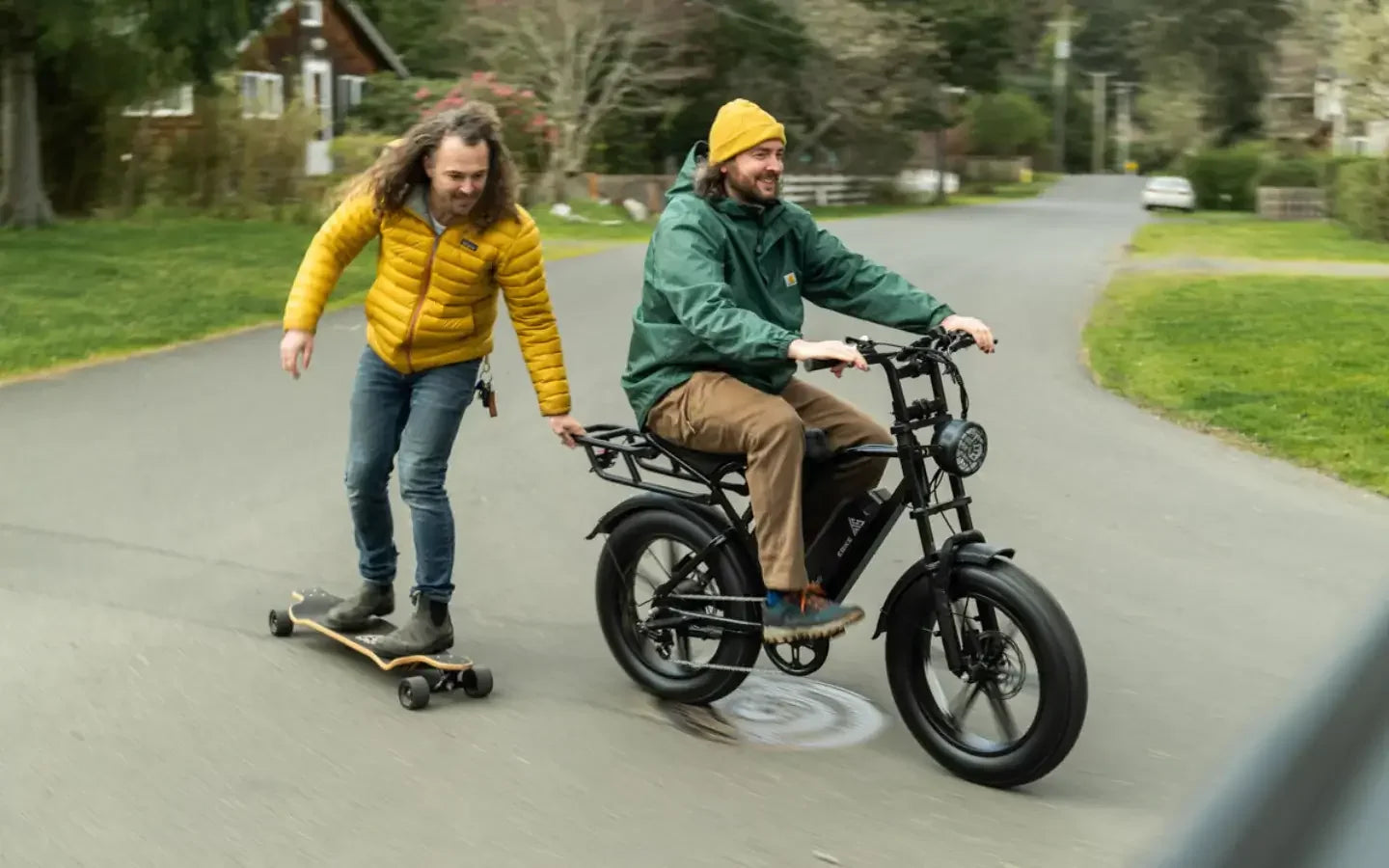
Leave a comment
This site is protected by hCaptcha and the hCaptcha Privacy Policy and Terms of Service apply.